-
 Bitcoin
Bitcoin $106,754.6083
1.33% -
 Ethereum
Ethereum $2,625.8249
3.80% -
 Tether USDt
Tether USDt $1.0001
-0.03% -
 XRP
XRP $2.1891
1.67% -
 BNB
BNB $654.5220
0.66% -
 Solana
Solana $156.9428
7.28% -
 USDC
USDC $0.9998
0.00% -
 Dogecoin
Dogecoin $0.1780
1.14% -
 TRON
TRON $0.2706
-0.16% -
 Cardano
Cardano $0.6470
2.77% -
 Hyperliquid
Hyperliquid $44.6467
10.24% -
 Sui
Sui $3.1128
3.86% -
 Bitcoin Cash
Bitcoin Cash $455.7646
3.00% -
 Chainlink
Chainlink $13.6858
4.08% -
 UNUS SED LEO
UNUS SED LEO $9.2682
0.21% -
 Avalanche
Avalanche $19.7433
3.79% -
 Stellar
Stellar $0.2616
1.64% -
 Toncoin
Toncoin $3.0222
2.19% -
 Shiba Inu
Shiba Inu $0.0...01220
1.49% -
 Hedera
Hedera $0.1580
2.75% -
 Litecoin
Litecoin $87.4964
2.29% -
 Polkadot
Polkadot $3.8958
3.05% -
 Ethena USDe
Ethena USDe $1.0000
-0.04% -
 Monero
Monero $317.2263
0.26% -
 Bitget Token
Bitget Token $4.5985
1.68% -
 Dai
Dai $0.9999
0.00% -
 Pepe
Pepe $0.0...01140
2.44% -
 Uniswap
Uniswap $7.6065
5.29% -
 Pi
Pi $0.6042
-2.00% -
 Aave
Aave $289.6343
6.02%
Limit down board pry board funds: Self-rescue or new main force entering the market?
A limit down board signals extreme volatility, while prying board funds may indicate either self-rescue efforts or new institutional entry, shaping potential price reversals.
Jun 19, 2025 at 02:57 pm
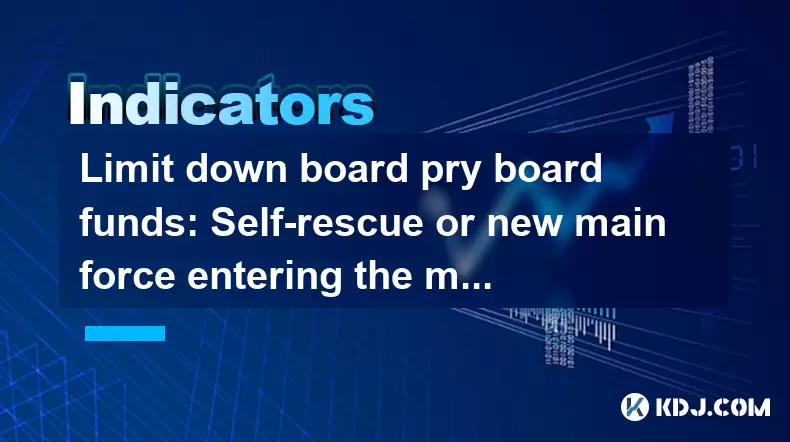
Understanding the Limit Down Board and Prying Board Funds
In the cryptocurrency market, limit down board refers to a scenario where an asset's price drops sharply and hits its lower price limit within a trading session. This mechanism is common in traditional financial markets but has been adapted by some crypto exchanges to manage extreme volatility. When a coin or token hits the limit down, trading may be halted temporarily, or orders cannot be executed below that level.
Prying board funds, on the other hand, refer to large volumes of buy orders attempting to push the price upward after a significant drop. These are often interpreted as signs of institutional or whale activity trying to reverse the downtrend.
The interplay between these two phenomena raises questions about whether such actions represent self-rescue efforts by existing holders or indicate new main forces entering the market.
The Mechanics Behind Limit Down Scenarios in Crypto
Unlike traditional stock markets, most crypto exchanges do not enforce hard limit rules. However, certain platforms with regulatory oversight, especially those listed in Asia or Europe, implement circuit breaker mechanisms to prevent panic selling. When a digital asset experiences rapid depreciation, the exchange may impose a temporary trading halt or restrict downward movement.
This mechanism can lead to a limit down board, where the price appears stuck at a specific level despite ongoing sell pressure. During this period, traders are unable to execute new sell orders until the circuit breaker resets or market conditions stabilize.
These scenarios create uncertainty among retail investors who may interpret the situation as either a sign of impending recovery or further decline.
What Do Prying Board Funds Signify?
When a cryptocurrency hits a price floor and begins attracting substantial buying volume, it’s often referred to as prying board activity. This phenomenon typically occurs when large entities—often called "whales" or "smart money"—start accumulating assets at discounted levels.
Such behavior can be analyzed through blockchain explorers and order book depth charts. A sudden surge in buy walls or deep liquidity pools forming near the support level indicates strategic accumulation. These actions may signal confidence in the underlying value of the asset despite short-term bearish sentiment.
It’s crucial to differentiate between genuine accumulation and manipulative tactics designed to lure retail buyers into a false sense of security before another wave of selling emerges.
Self-Rescue Efforts by Existing Holders
One interpretation of prying board funds is that they represent self-rescue attempts by major holders who have suffered losses due to the sharp price decline. These holders might include early investors, developers, or venture capital firms that still believe in the long-term potential of the project.
To stabilize the price, these groups may deploy large sums of capital to absorb the excess supply being dumped on the market. In doing so, they aim to restore investor confidence and prevent a complete collapse in value.
However, self-rescue strategies are inherently risky. If the market perceives such interventions as desperate moves rather than sustainable support, panic selling could resume once the buying dries up.
New Main Forces Entering the Market
Alternatively, the appearance of massive buy orders during a limit down event could suggest that new institutional players or sophisticated traders are entering the market. These actors often use algorithmic trading systems to detect oversold conditions and initiate accumulation phases discreetly.
Their presence is usually marked by consistent inflows from cold wallets or centralized exchange reserves. They may also utilize over-the-counter (OTC) desks to avoid moving the price significantly while acquiring large positions.
The entry of such forces can change the dynamics of price discovery, potentially leading to a reversal in trend if sustained buying continues over time.
How to Analyze Whether It’s Self-Rescue or New Force Entry
To distinguish between the two scenarios, traders should consider several technical and on-chain indicators:
- Order Book Depth: Look for persistent buy walls at key support levels.
- On-Chain Metrics: Track large transfers and wallet activities using tools like Glassnode or Etherscan.
- Exchange Flow Analysis: Monitor net inflows and outflows across major exchanges.
- Volume Profile Shifts: Observe changes in trade volume patterns post-limit down.
- Market Sentiment Indicators: Assess social media trends and fear/greed indexes to gauge public perception.
Each of these signals contributes to a broader understanding of whether the market is being propped up by distressed holders or being entered by confident new players.
Frequently Asked Questions
Q: Can limit down boards occur on decentralized exchanges (DEXs)?
A: Most DEXs do not implement limit down mechanisms because they operate without centralized control. Prices are determined purely by automated market makers (AMMs), meaning there’s no enforced price ceiling or floor.
Q: How can I identify prying board activity in real-time?
A: Real-time identification involves monitoring order books on centralized exchanges. Tools like Depth Chart analyzers and Volume Heatmaps can help visualize large buy walls forming near critical support zones.
Q: Is prying board activity always a positive sign?
A: Not necessarily. While it can indicate strong buying interest, it can also be a trap set by manipulators to encourage retail participation before dumping again. Always verify with additional data sources.
Q: What role do arbitrageurs play during limit down events?
A: Arbitrageurs often exploit price discrepancies between exchanges. If one platform hits a limit down while others continue trading, arbitrage opportunities arise, which can help re-align prices across markets.
Disclaimer:info@kdj.com
The information provided is not trading advice. kdj.com does not assume any responsibility for any investments made based on the information provided in this article. Cryptocurrencies are highly volatile and it is highly recommended that you invest with caution after thorough research!
If you believe that the content used on this website infringes your copyright, please contact us immediately (info@kdj.com) and we will delete it promptly.
- Arizona Senate, Bitcoin Reserve, Bill Revived: What's the Deal?
- 2025-06-20 12:25:12
- LayerZero's ZRO Price Under Pressure: Token Unlock Looms Large
- 2025-06-20 12:25:12
- Ripple, XRP, and Coinbase: Navigating Whale Movements and ETF Hopes
- 2025-06-20 12:45:13
- Bitcoin, Geopolitical Tensions, and Cheap Plays: A New Yorker's Take
- 2025-06-20 12:45:13
- SPX6900: Meme Coin Mania and the Quest for 100x Potential
- 2025-06-20 13:05:13
- Bitcoin's Low Volatility: Calm Before the Storm or a New Normal?
- 2025-06-20 13:25:12
Related knowledge
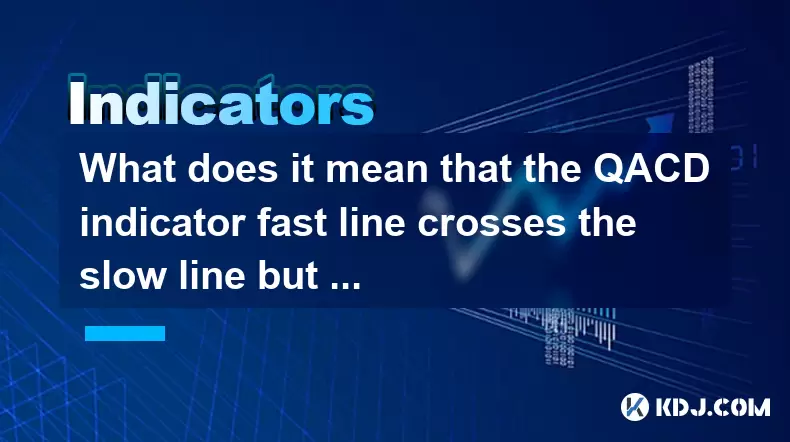
What does it mean that the QACD indicator fast line crosses the slow line but does not increase in volume?
Jun 20,2025 at 12:22pm
Understanding the QACD Indicator and Its ComponentsThe QACD (Quantitative Accumulation Convergence Divergence) indicator is a technical analysis tool used by traders to identify potential trend reversals, momentum shifts, and entry or exit points in cryptocurrency markets. It consists of two primary lines: the fast line, which reacts more quickly to pri...
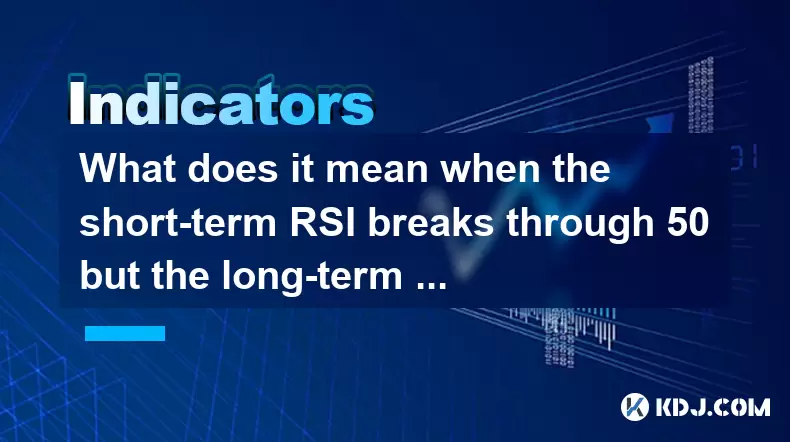
What does it mean when the short-term RSI breaks through 50 but the long-term RSI does not move in the RSI indicator?
Jun 20,2025 at 10:42am
Understanding the RSI Indicator and Its Dual-Term ApplicationThe Relative Strength Index (RSI) is a widely used momentum oscillator in technical analysis, primarily for identifying overbought or oversold conditions in an asset’s price movement. It typically operates on a scale from 0 to 100, with levels above 70 considered overbought and below 30 consid...
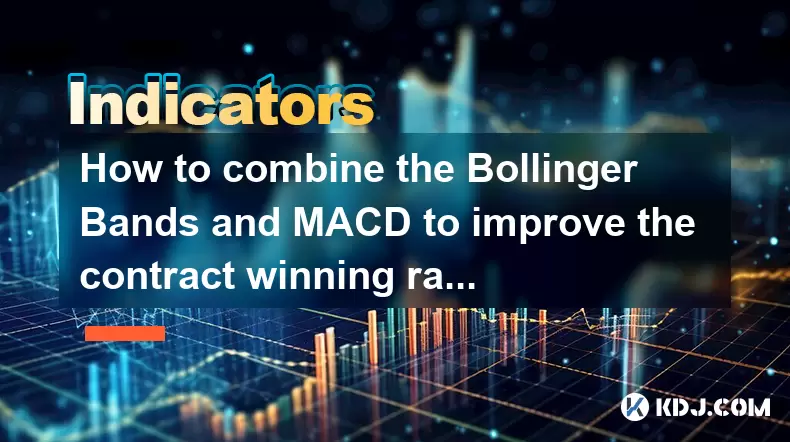
How to combine the Bollinger Bands and MACD to improve the contract winning rate?
Jun 19,2025 at 06:35pm
Understanding Bollinger Bands and MACD IndicatorsTo effectively combine Bollinger Bands and the MACD (Moving Average Convergence Divergence), it's essential to first understand what each indicator represents. Bollinger Bands consist of a middle moving average line and two outer bands that adjust based on market volatility. When prices move toward the up...
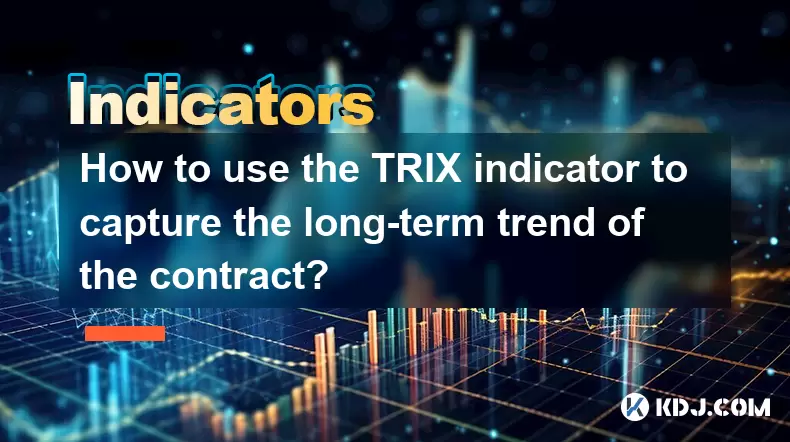
How to use the TRIX indicator to capture the long-term trend of the contract?
Jun 20,2025 at 09:14am
What Is the TRIX Indicator?The TRIX (Triple Exponential Average) indicator is a momentum oscillator used to identify oversold and overbought conditions, as well as potential trend reversals in financial markets. It is calculated by applying a triple exponential moving average to price data and then taking the percentage rate of change of that smoothed v...

How does the long lower shadow of the K line indicate the formation of the bottom of the contract?
Jun 19,2025 at 05:00am
Understanding the Long Lower Shadow in K-Line AnalysisIn cryptocurrency trading, K-line analysis plays a pivotal role in determining market sentiment and potential price reversals. A long lower shadow, also known as a long wick, is one of the most telling candlestick patterns that traders look for when assessing whether a bottom might be forming in a co...
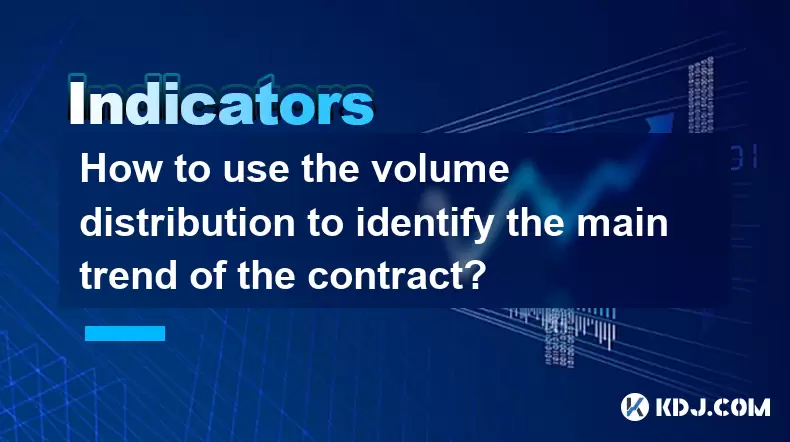
How to use the volume distribution to identify the main trend of the contract?
Jun 20,2025 at 03:56am
Understanding Volume Distribution in Cryptocurrency ContractsIn the realm of cryptocurrency trading, particularly within futures and perpetual contracts, volume distribution plays a pivotal role in deciphering market sentiment. Unlike spot markets, contract trading involves leveraged positions that can amplify both gains and losses. To navigate this com...

What does it mean that the QACD indicator fast line crosses the slow line but does not increase in volume?
Jun 20,2025 at 12:22pm
Understanding the QACD Indicator and Its ComponentsThe QACD (Quantitative Accumulation Convergence Divergence) indicator is a technical analysis tool used by traders to identify potential trend reversals, momentum shifts, and entry or exit points in cryptocurrency markets. It consists of two primary lines: the fast line, which reacts more quickly to pri...

What does it mean when the short-term RSI breaks through 50 but the long-term RSI does not move in the RSI indicator?
Jun 20,2025 at 10:42am
Understanding the RSI Indicator and Its Dual-Term ApplicationThe Relative Strength Index (RSI) is a widely used momentum oscillator in technical analysis, primarily for identifying overbought or oversold conditions in an asset’s price movement. It typically operates on a scale from 0 to 100, with levels above 70 considered overbought and below 30 consid...

How to combine the Bollinger Bands and MACD to improve the contract winning rate?
Jun 19,2025 at 06:35pm
Understanding Bollinger Bands and MACD IndicatorsTo effectively combine Bollinger Bands and the MACD (Moving Average Convergence Divergence), it's essential to first understand what each indicator represents. Bollinger Bands consist of a middle moving average line and two outer bands that adjust based on market volatility. When prices move toward the up...

How to use the TRIX indicator to capture the long-term trend of the contract?
Jun 20,2025 at 09:14am
What Is the TRIX Indicator?The TRIX (Triple Exponential Average) indicator is a momentum oscillator used to identify oversold and overbought conditions, as well as potential trend reversals in financial markets. It is calculated by applying a triple exponential moving average to price data and then taking the percentage rate of change of that smoothed v...

How does the long lower shadow of the K line indicate the formation of the bottom of the contract?
Jun 19,2025 at 05:00am
Understanding the Long Lower Shadow in K-Line AnalysisIn cryptocurrency trading, K-line analysis plays a pivotal role in determining market sentiment and potential price reversals. A long lower shadow, also known as a long wick, is one of the most telling candlestick patterns that traders look for when assessing whether a bottom might be forming in a co...

How to use the volume distribution to identify the main trend of the contract?
Jun 20,2025 at 03:56am
Understanding Volume Distribution in Cryptocurrency ContractsIn the realm of cryptocurrency trading, particularly within futures and perpetual contracts, volume distribution plays a pivotal role in deciphering market sentiment. Unlike spot markets, contract trading involves leveraged positions that can amplify both gains and losses. To navigate this com...
See all articles

























































































